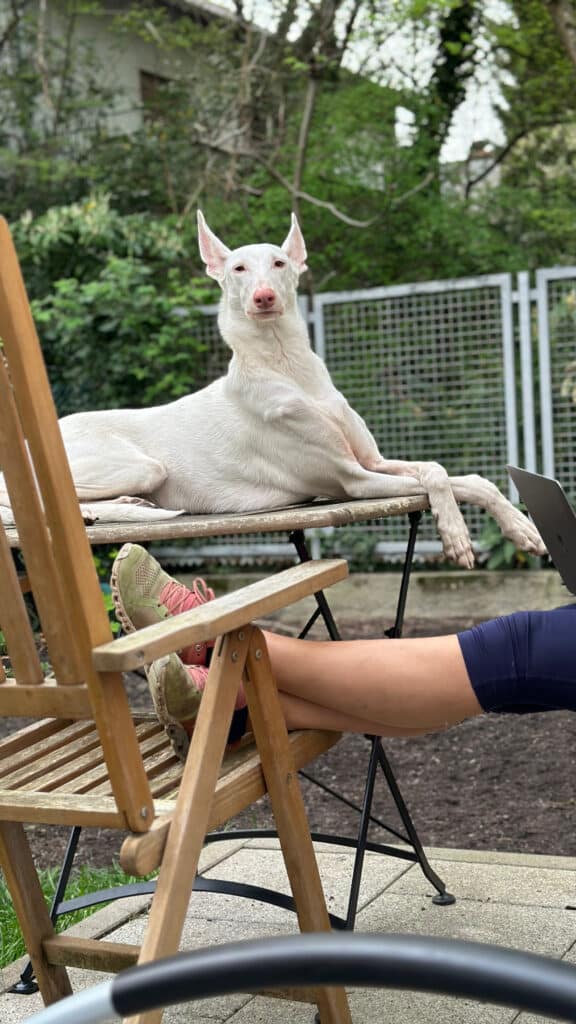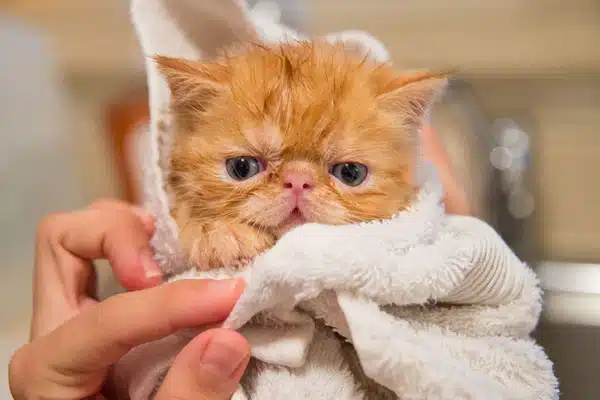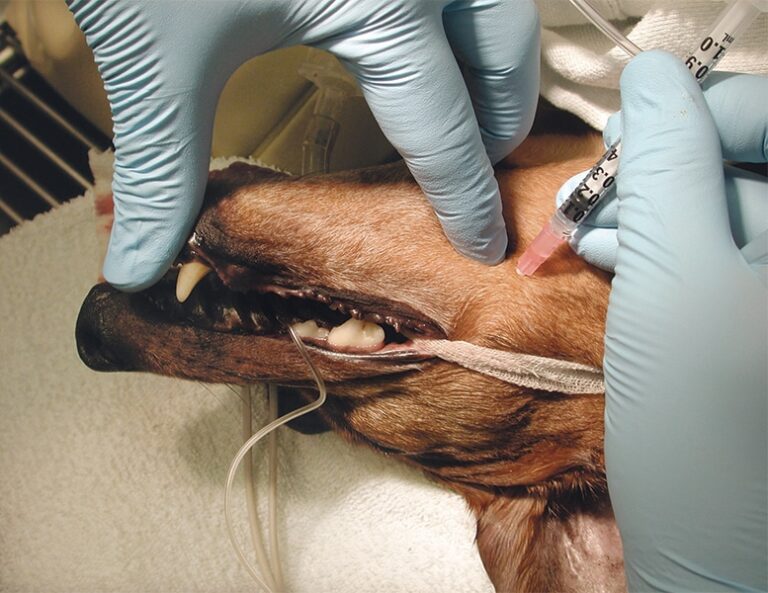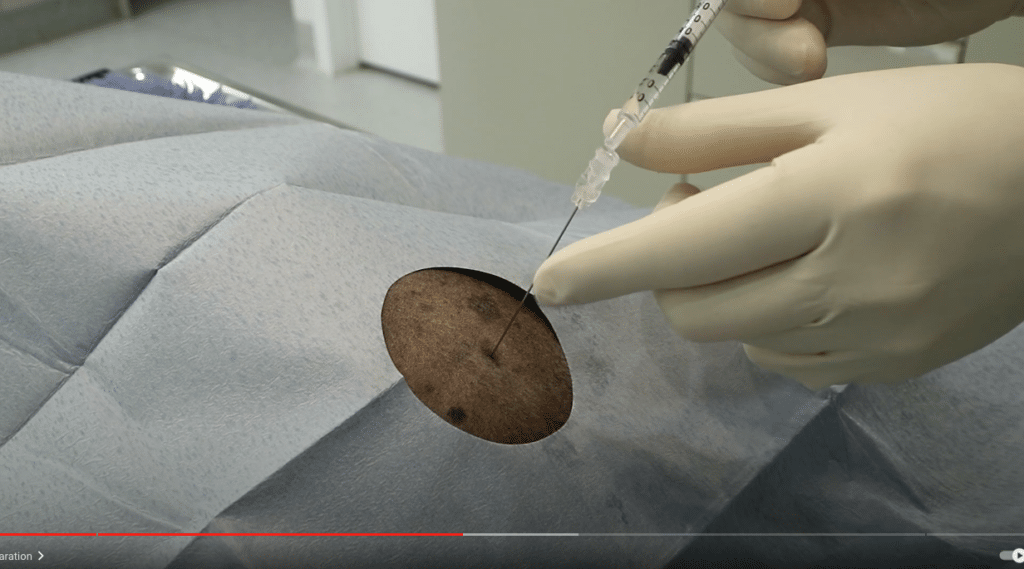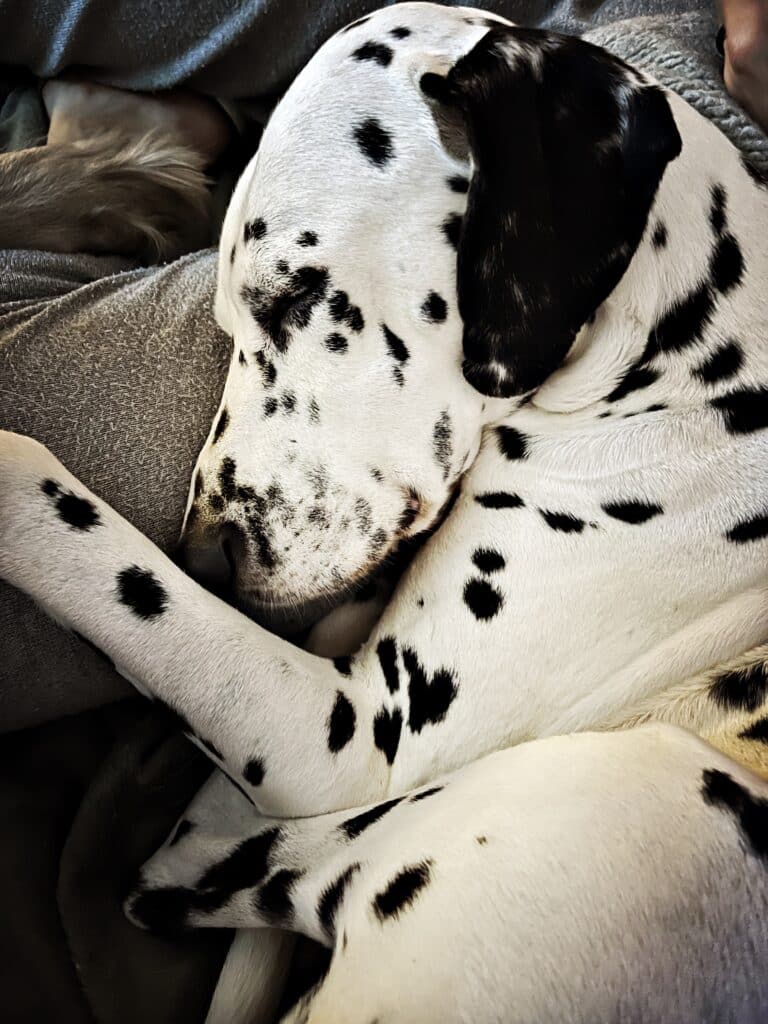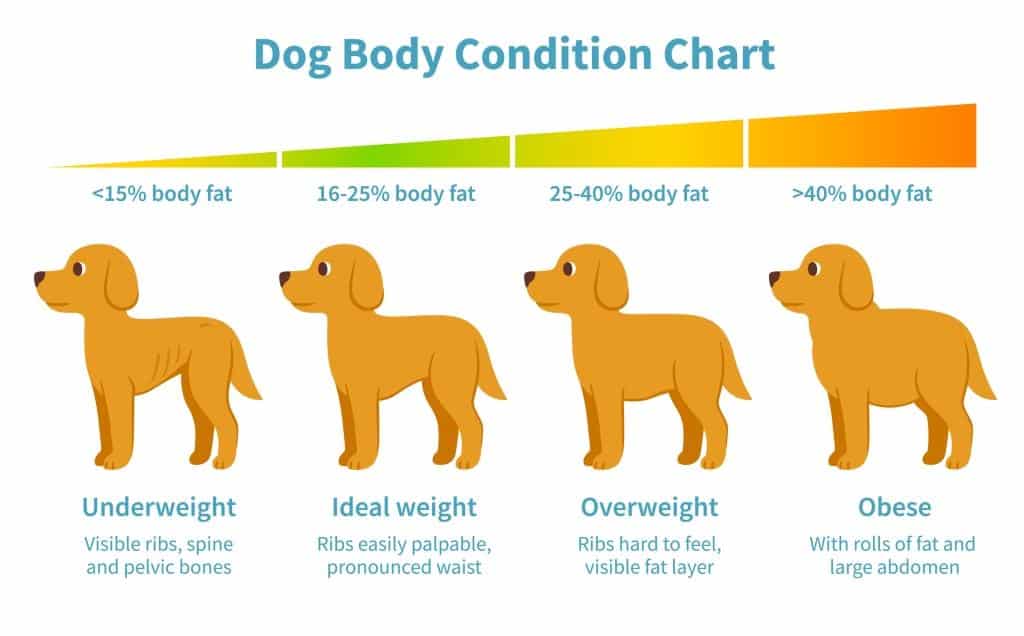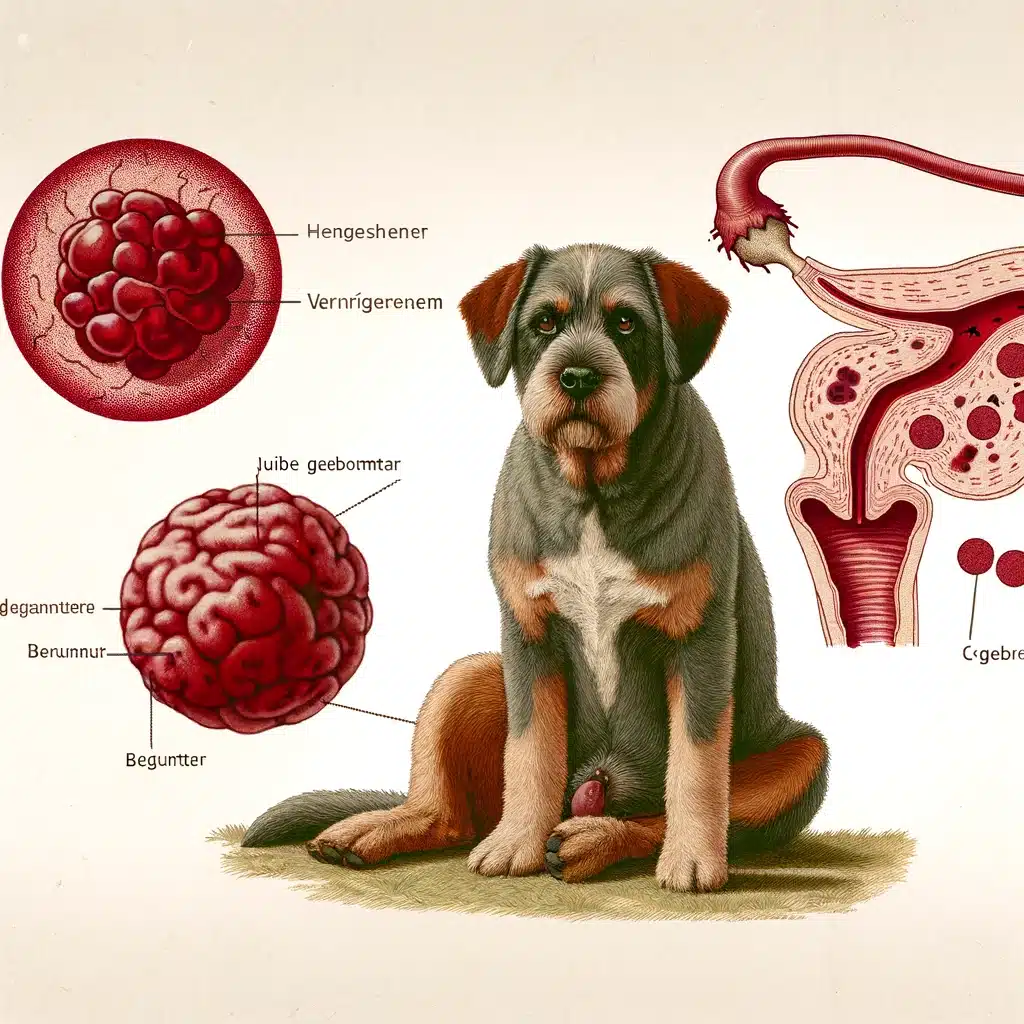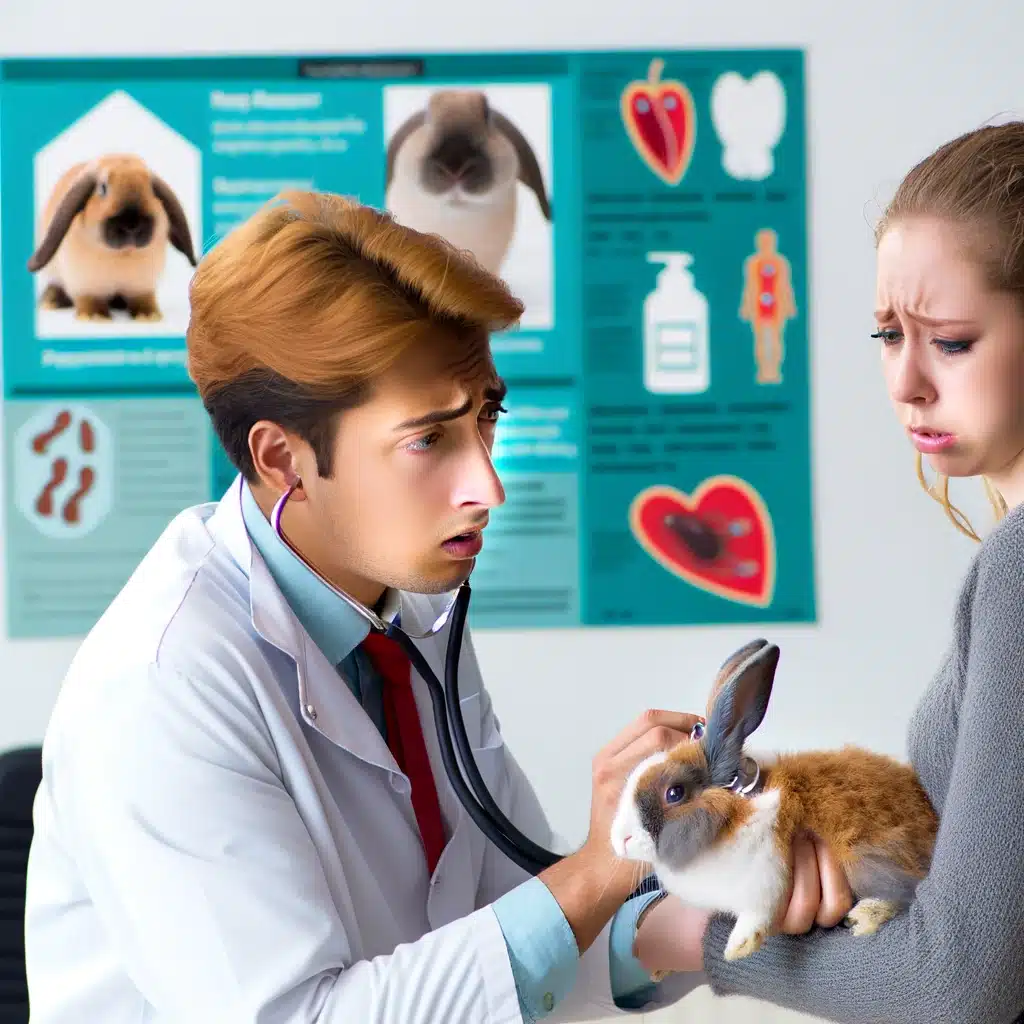Health of the Podenco
Known for their elegance, intelligence and liveliness, Podenco dogs are a unique breed that requires special attention when it comes to health and care. This article provides a detailed overview of key health considerations and care tips to ensure the well-being of your Podenco dog.

